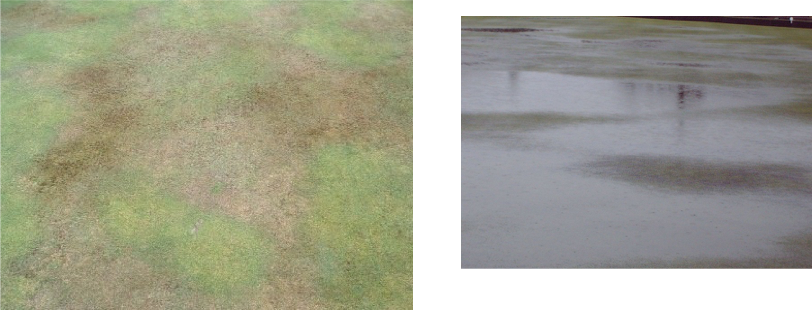In the first part of this series we discovered that the ideal bowling green soil (or rootzone) will be 50% space, 5% organic matter, with the remainder (45%) being made up of mineral matter, namely Sand, Silt and Clay. These are the 3 universal mineral components of soil. Part 1 finished with an explanation of the soil fractions, 5 of which were sands of varying sizes.
In part 2 we found out a little bit more about sand and it's behaviour as a drainage medium and we discovered a little more about how soils are formed. We finished by looking at the importance of sand particle shape and size in bowling green rootzones.
Read more



